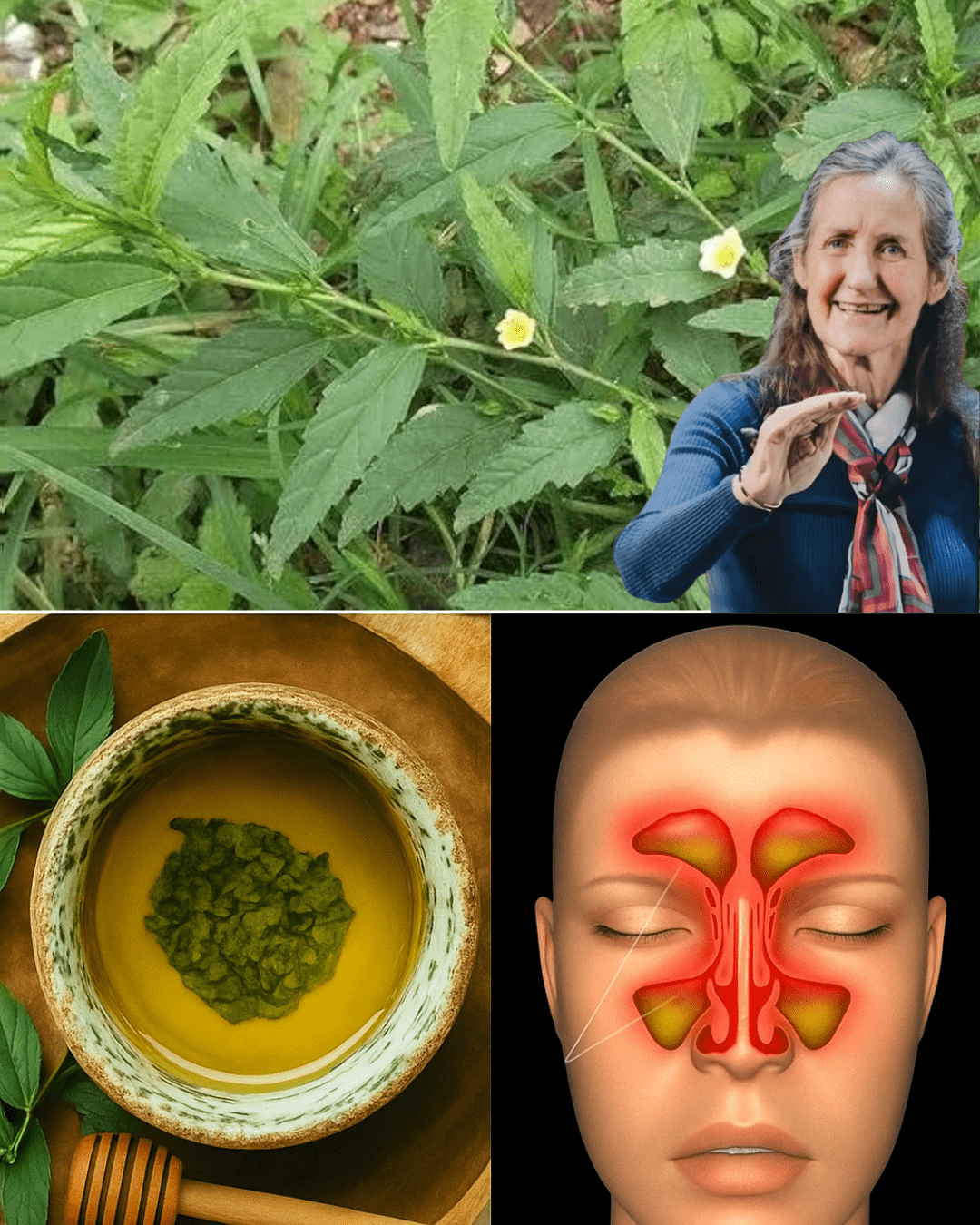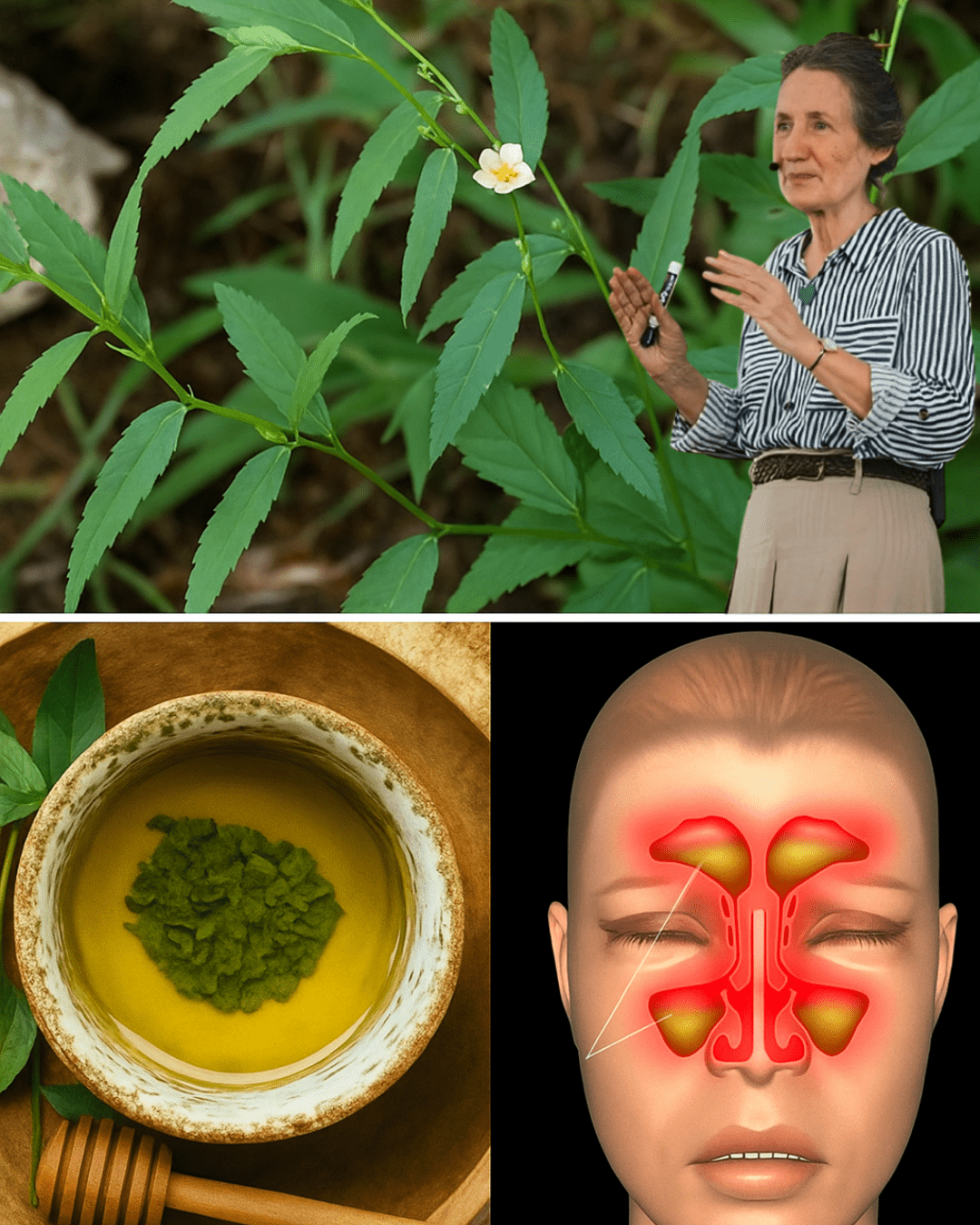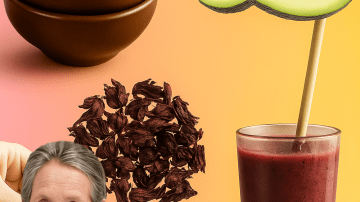🌿 Imagine this: a scrappy green sprout pushing through the soil by your fence line turns out to be a quiet powerhouse for calm joints, clearer breathing, and resilient immunity. Most people yank it out and toss it. Herbalists don’t. They call it Sida acuta. And once you discover what this fast-growing tropical plant can do, you may never look at a “weed” the same way again.
🧭 This guide is crafted for readers who want clear, practical, and responsibly presented information. You’ll get the most compelling, evidence-informed benefits of Sida acuta, the safest ways to use it, and the smart precautions to keep it a supportive ally. No fluff, no detours—just the essentials, presented in a way that keeps you reading and helps you act with confidence.

What Exactly Is Sida Acuta?
🌱 Sida acuta—also known as wireweed or common sida—is a hardy shrub native to warm regions of Africa, Asia, and South America. It thrives where other greens struggle, and for centuries traditional practitioners have used its leaves, stems, and roots for wound care, respiratory relief, and whole-body resilience. Its reputation isn’t just folk memory. The plant is rich in alkaloids, flavonoids, and phenolic acids, a trio of bioactives frequently studied for antimicrobial, anti-inflammatory, and antioxidant actions.
🔎 In practical terms, that means Sida acuta shows promise as a topical helper for minor skin troubles, a calming tea when your joints complain, and a gentle aid for chesty coughs and seasonal congestion. It’s not a cure-all—but it is remarkably versatile when used thoughtfully.
The Headline Benefits People Reach For
1. Antimicrobial Support You Can Actually Use
🛡️ If you’re looking for plant-based ways to help your body fend off everyday microbial stressors, Sida acuta is compelling. Extracts of the plant have shown activity against several common bacteria and fungi in laboratory settings. That’s why many traditional preparations include crushed fresh leaves as a quick poultice over minor nicks or blemishes and diluted rinses for general skin cleanliness.
💡 How this translates to real life: think of Sida acuta as a supportive, gentle adjunct for hygienic care—especially for people who prefer botanical options on the skin. For oral care, some users swish a well-diluted tea as a simple mouth rinse, though this should complement, not replace, normal dental hygiene.
Note: Laboratory activity doesn’t equal a prescription drug effect. Treat serious infections promptly with professional care.
2. Calming Inflammation Where You Feel It Most
🔥 Discomfort in the joints, tight muscles after a long day, or reactive skin—these are places where inflammation often shows up. Sida acuta contains flavonoids associated with down-regulating inflammatory signals, which helps explain its long-standing use in teas and warm compresses for aches and localized swelling.
💆 What readers report: a warm leaf poultice on tender areas after activity, or a mild daily tea during cool or damp seasons when stiffness tends to flare. The effect is best described as gentle, cumulative soothing rather than an instant switch.
3. Antioxidant Backup For Your Cells
🧪 Everyday life generates oxidative stress, which can nudge cells toward fatigue and accelerate visible aging. Sida acuta’s phenolic compounds and flavonoids act as free-radical scavengers in test-tube studies, a technical way of saying they help buffer against that stress.
✨ Where you may notice it: a steadier sense of energy, more resilient skin tone, and feeling less “run down” during high-stress weeks—especially when combined with fundamentals like sleep, hydration, and a colorful diet.
4. Easing The Breath: A Gentle Respiratory Ally
😮💨 From pollen season to stuffy city air, many readers look for non-sedating, plant-based support for their lungs. Traditional use of Sida acuta includes expectorant benefits—helping loosen and mobilize mucus—along with a mild soothing effect on irritated airways.
🍵 Practical approach: a steam inhalation made with a covered bowl of hot water and a small amount of fresh, clean leaves can be comforting. A light tea sipped warm is another simple option, especially paired with rest and humidity control in your space.
If you wheeze, struggle to breathe, or rely on inhalers, keep your prescribed plan front and center. Herbs can support—but should not replace—medical treatment.
5. Everyday Pain Support Without Feeling Foggy
💫 Users often reach for Sida acuta when they want non-drowsy, plant-based comfort for head tension, muscle tightness, or monthly cramps. Traditional knowledge points to both topical and internal use in modest amounts. The overall character is a softening of discomfort rather than a numb sensation.
🎯 Try this simple sequence: hydrate, a few gentle stretches, apply a warm leaf compress to the area for 20 minutes, then follow with a short walk to re-circulate. Small practices stack up.
6. Bonus Wins People Appreciate
🌿 Readers also note supportive effects for post-meal comfort, bloating, and regularity when using light teas. A few traditions apply Sida acuta during feverish colds for comfort, and some early research explores its potential on blood sugar balance. These are intriguing avenues, best approached conservatively and in partnership with your healthcare professional.
How To Use Sida Acuta Safely And Effectively
Choosing Your Form
🍵 Tea or Infusion
Place 1 to 2 teaspoons of dried leaves in a cup. Add just-boiled water. Steep 10 to 15 minutes, strain, and sip. Start with one cup per day and notice how you feel over a week before adjusting.
💧 Tincture
A standardized tincture offers convenience. Begin with 5 to 10 drops in water, one to three times per day. Start low. Increase gradually only if needed and well tolerated.
🖐️ Poultice or Compress
Crush clean, fresh leaves into a soft paste. Apply a thin layer to intact skin over the area of concern. Cover with clean cloth for 20 to 30 minutes. Rinse and moisturize if skin feels dry.
🍲 Decoction (Roots)
For those experienced with roots: simmer a small, measured amount of dried root in water for 15 to 20 minutes, then cool and sip. Root preparations are more concentrated, so beginners should stick to leaves and seek guidance before using roots regularly.
Smart Dosing Habits
⏱️ Go low and slow when you first start.
🔁 Consider cycles such as three weeks on, one week off to reassess your baseline.
🧠 Keep a short use-log noting time, amount, and how you felt. Patterns emerge quickly.

Safety First: Who Should Pause Or Consult
⚠️ Pregnancy and Breastfeeding
There isn’t robust safety data. The simplest, safest path is to avoid unless your clinician specifically approves.
🌺 Allergies
Sida acuta is in the Malvaceae family, which includes hibiscus and okra. If you’re sensitive to these, patch-test topicals and try a tiny sip of tea first, or skip entirely.
💊 Medication Interactions
Use extra care if you take blood thinners, diabetes medications, or have liver or kidney concerns. Herbs can potentiate or alter effects. Bring your clinician into the loop.
🩹 When Not To DIY
Do not rely on home botanicals for serious wounds, high fevers, or deteriorating respiratory symptoms. Seek prompt medical care and use Sida acuta—if at all—only as supportive comfort with a clinician’s guidance.
Quality Matters: How To Source And Store
🛒 What to look for
Choose reputable vendors that provide the plant’s Latin name, harvest region, and clean handling practices. If you can, purchase whole leaves rather than ultra-powdered material, which can hide quality issues.
🌍 Ethical choices
Support wild-crafted or organically grown sources that prioritize local ecosystems and fair pay for harvesters. If you live in a suitable climate, Sida acuta is easy to grow in pots with good drainage and plenty of sun.
📦 Storage
Keep dried material in a dark, airtight container away from heat and moisture. Most leaf material is best within six to twelve months. Label the jar with date and source so you know what you’re using.
Simple Routines To Try This Week
🌤️ Morning Clarity Tea
A small cup of Sida acuta tea after breakfast, followed by five minutes of deep breathing or a gentle walk. Many readers find this steadies energy without jitters.
💻 Desk-Day Shoulder Reset
Mid-afternoon, roll your shoulders, sip warm water, then apply a 10-minute warm compress made with clean, lightly crushed leaves over tight shoulder muscles. Finish with neck stretches.
🌧️ Rainy-Season Breath Support
At the first sign of stuffiness, run a humidifier, prop your head up for sleep, and try a light, warm tea. If congestion worsens or you feel unwell, pause the herbs and contact your clinician.
Frequently Asked Questions
❓ Will Sida acuta work immediately?
Most people experience gradual benefits with consistent, modest use. Think days to weeks, not minutes.
❓ Can I combine Sida acuta with other herbs?
Often, yes. It pairs well with ginger for circulation, holy basil for calm focus, or licorice root for throat comfort. If you take medications, run blends by your clinician.
❓ What does it taste like?
Expect a mild, green, slightly earthy flavor. A touch of honey or a slice of lemon can round it out.
❓ Is it safe for kids?
Discuss any herbal use for children with a pediatric professional. Dosages and safety margins differ significantly by age and weight.
A Responsible Bottom Line
🌟 Sida acuta is not a miracle cure. It’s something better: a reliable, versatile plant that earns its place in a thoughtful wellness routine. Its strengths shine in daily, gentle support—clean skin habits, calmer joints, easier breathing, and a bit more cellular resilience when life gets noisy.
🧠 Approach it like a craft: learn the plant, source it well, start small, keep notes, and let your body’s feedback guide you. Respect your prescriptions and your healthcare plan. Herbs and conventional care are not rivals—they’re teammates when you use them wisely.
Your Next Step
🌿 If you’re curious, begin with a one-cup-per-day tea for a week and observe. Notice your energy, your skin, your breath, and your comfort after activity. If it feels supportive, continue with brief cycles and keep your care team in the loop.
❤️ Your wellness is built from small, consistent choices. Sida acuta can be one of them—humble, steady, and surprisingly helpful. When a backyard plant earns centuries of trust, it’s worth a closer look.
ChatGPT có thể mắc lỗi. Hãy kiểm tra các thông tin quan trọng.






